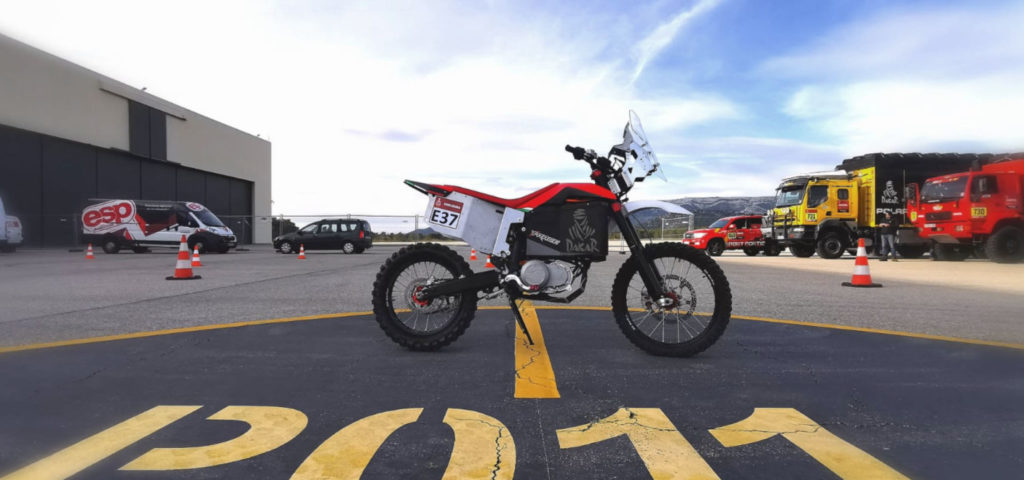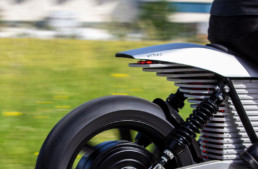The NAWA Hybrid Racer Concept Has Range
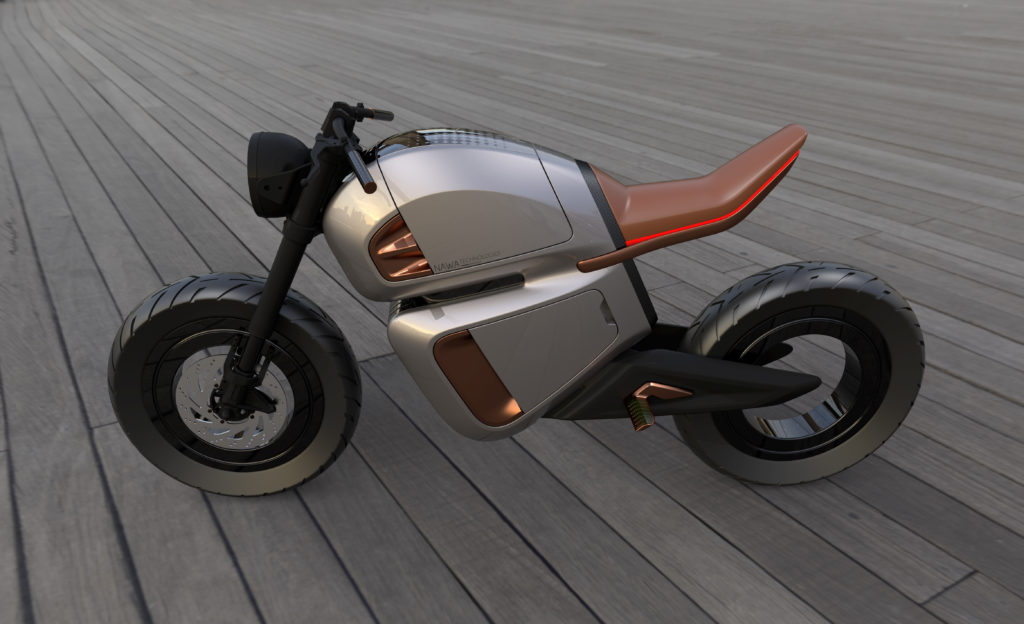
CARO Electric “Car” More Rendering Than Reality
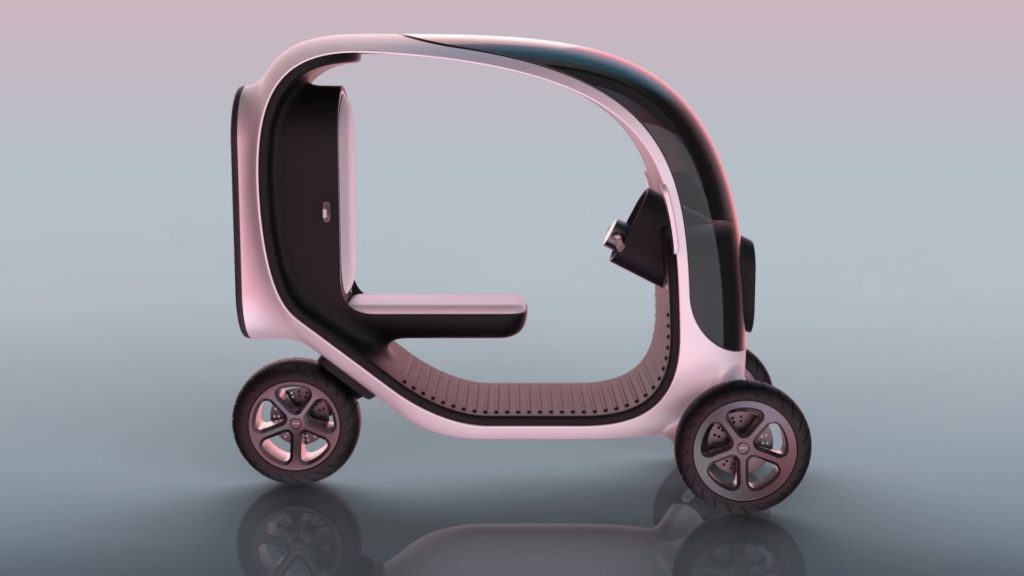
The pink pod may not be ultra-aerodynamic, but it is quite modular. The seating area allows for simple adjustments which can either accommodate an extra passenger or extra luggage. McKinsey describes this cute car alternative as being built toward the future with extras such as “keyless biometric access that enhances security and a rearview camera for added safety and ease of mobility,” as well as, “a UI [which] incorporates built-in navigation, an electric speedometer, and battery life indicators.” There’s also an optional weather shield that can be called upon to shield riders from more challenging weather elements.
Segway Electric Concept Is Quite Literally The APEX
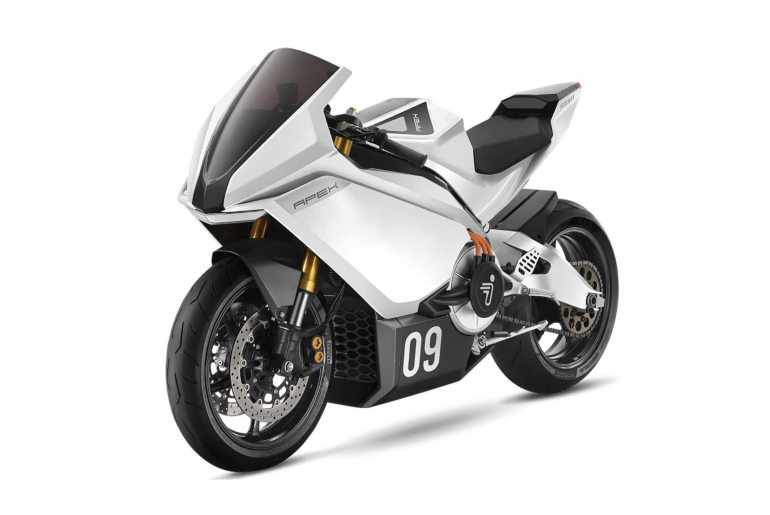
Segway’s APEX looks like a super bike, but they are referring to it as a “super scooter.” Not sure why since it is predicted to offer up speeds of 125 mph and reach 0-60 in 2.9 seconds. Perhaps the company best known for their somewhat nerdy “people movers” is having difficulty with their new sexier self-image. Perhaps they’ll be ready by the time the electric speedster makes its appearance in Vegas at this year’s Consumer Electronic Showcase in January.
How About An Electric Ural?
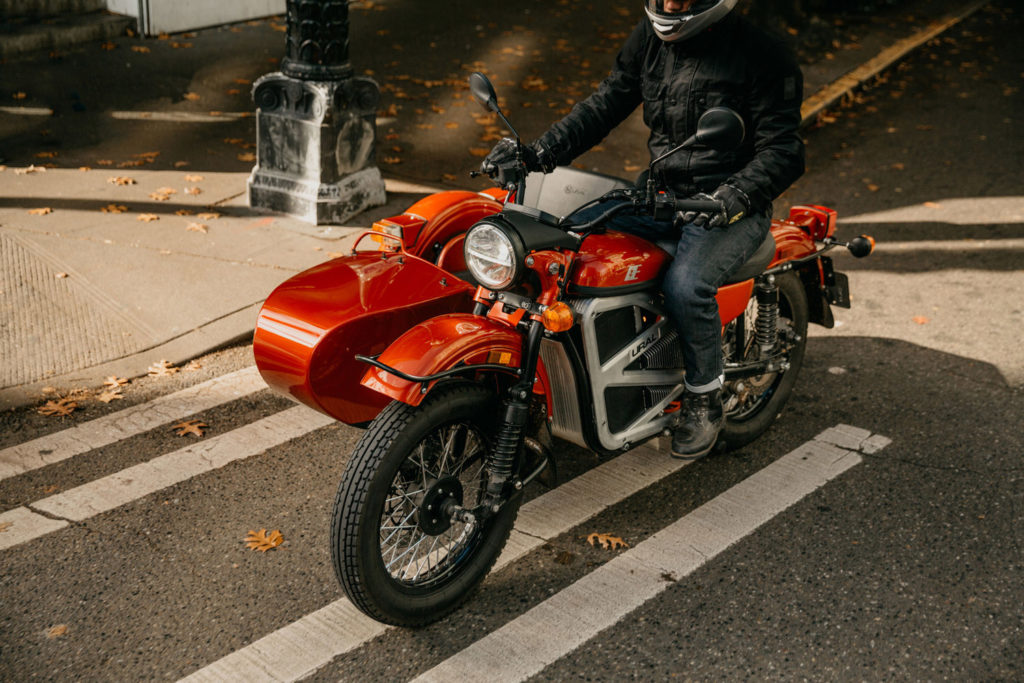
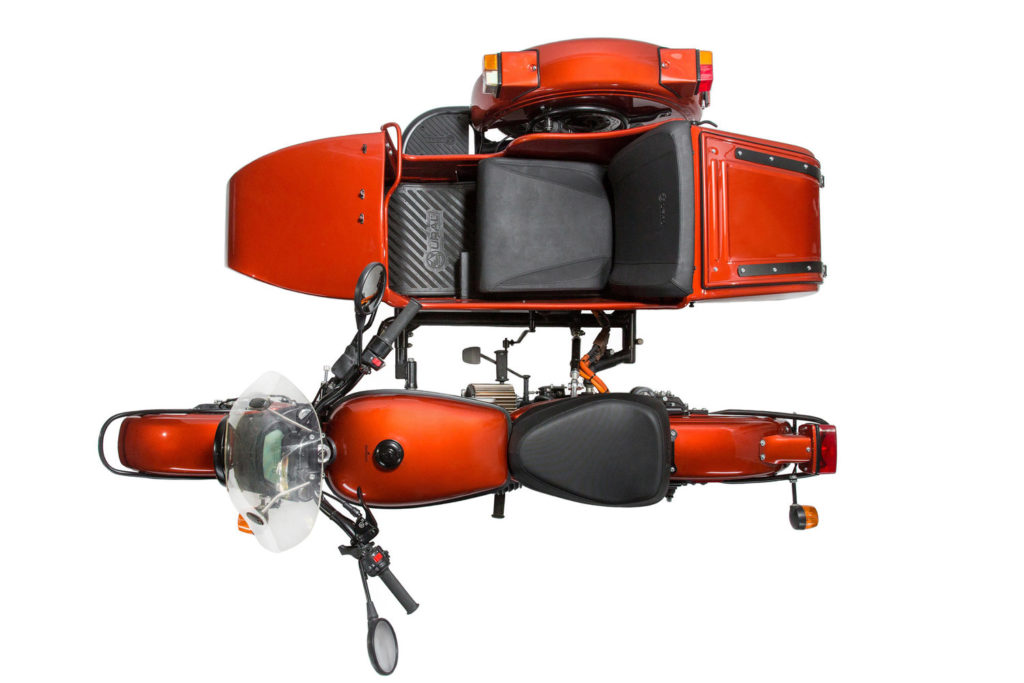
Electric Ural Prototype Sidecar Motorcycle from Good Spark Garage on Vimeo.
Zero and Ural seamlessly blended old and new. The Zero S donated its batteries, controller, and motor and Ural its CT model, and signature vintage look. The updated alloy side panels are a modern touch courtesy of high-end vehicle design studio ICG , and the only real indicator – besides the stealthy, smokeless silence. ICG also thought to cleverly conceal the charging port inside the existing gas tank. The range is estimated to be about 100 miles at regular cruising speeds, not at the rumoured 88 mph – the projected top speed. These specs are thanks to a unique double-battery arrangement that placed lighter ZF6.5 battery in the main chassis, and the heavier ZF13.0 battery in the sidecar under the seat, both of which power a Z-Force 75-7 brushless DC motor.
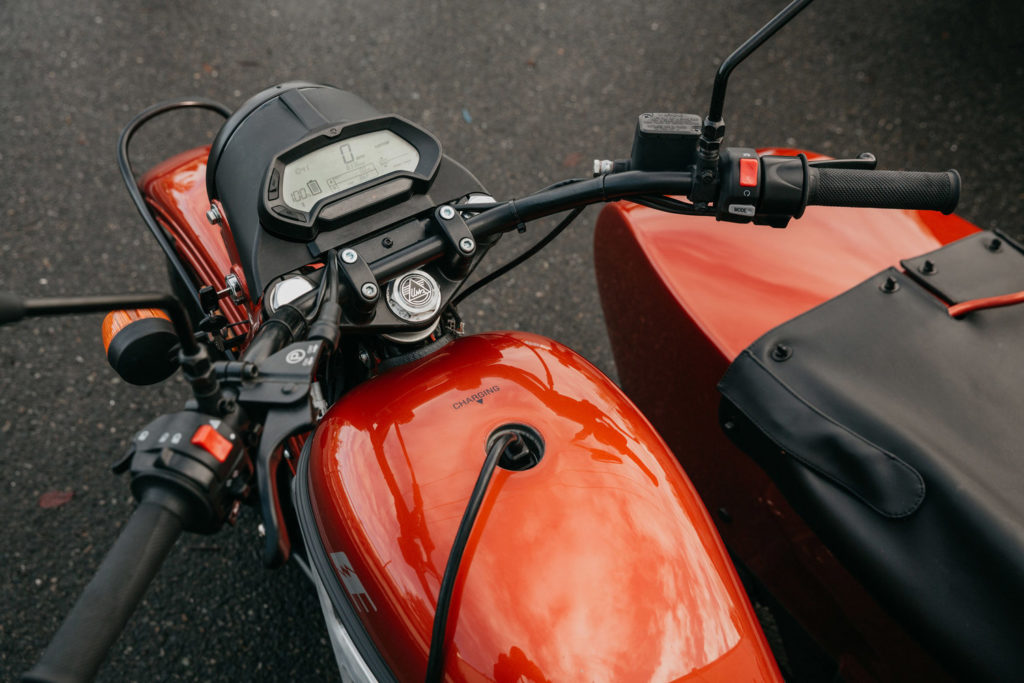
The Hades 1, Worthy Of A Super Hero
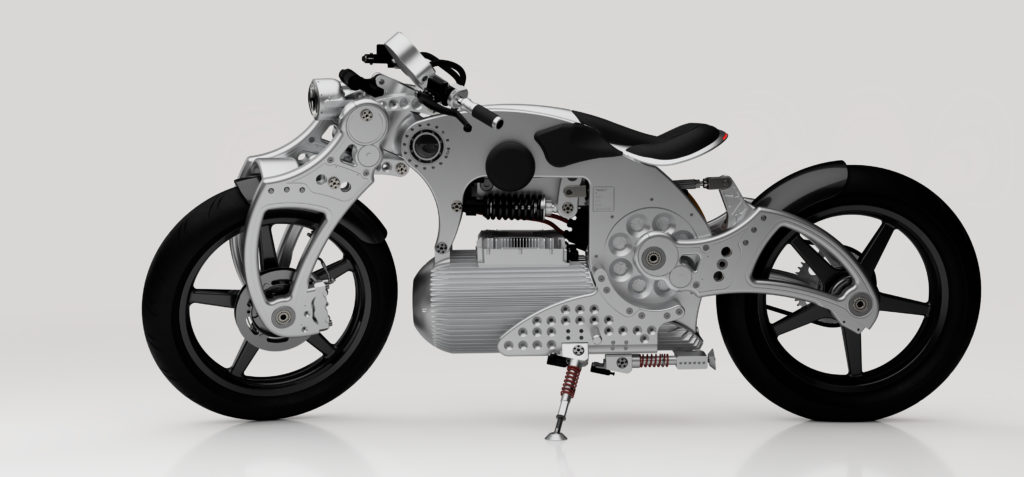
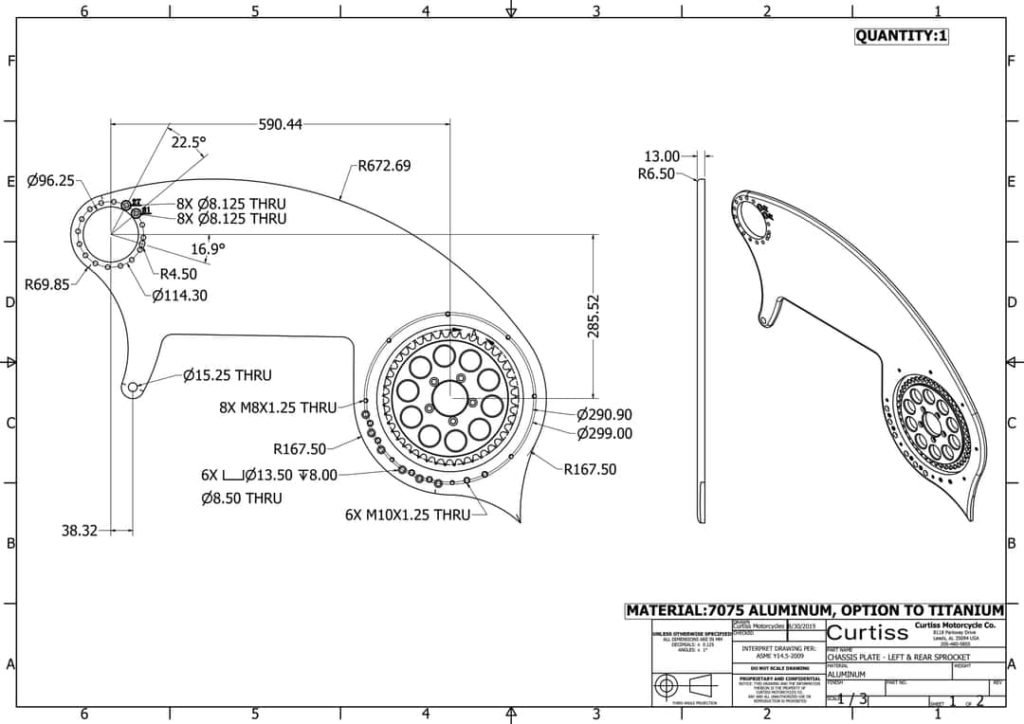
This rideable art-piece in all its splendour will be about 390 lb and may cost around $60,000 USD. Confirmation will come in the spring of 2020 when they begin production. Here’s a video that shows some of their previous projects, and explains why they love to work on EVs.
Millenium (E-Scooter) Mystery
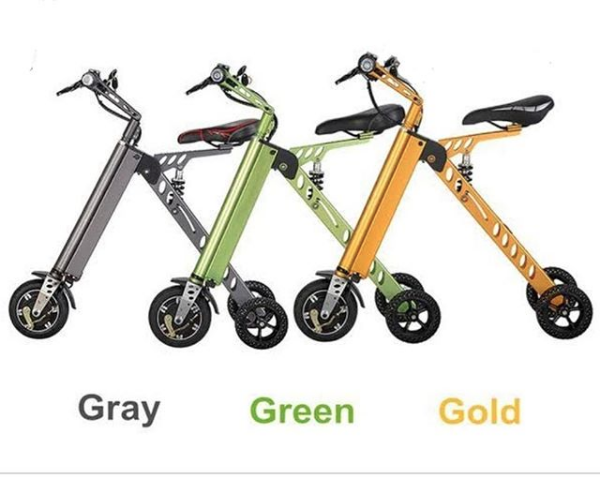
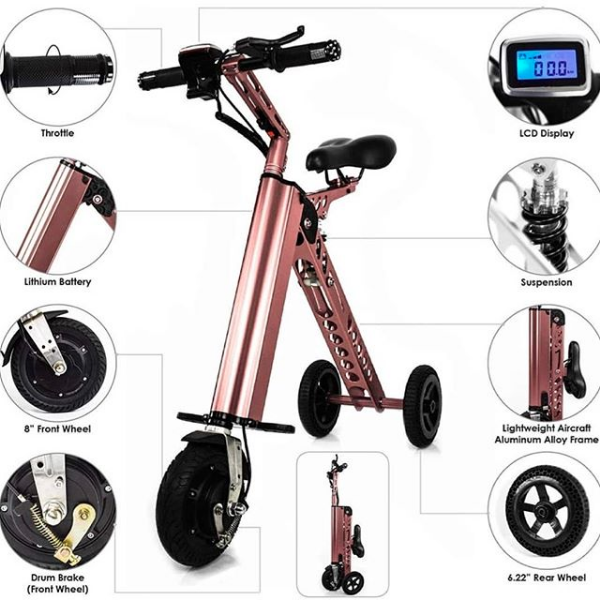
BMW Shifts Its Attention From E-commuter To E-Roadster With E-Power
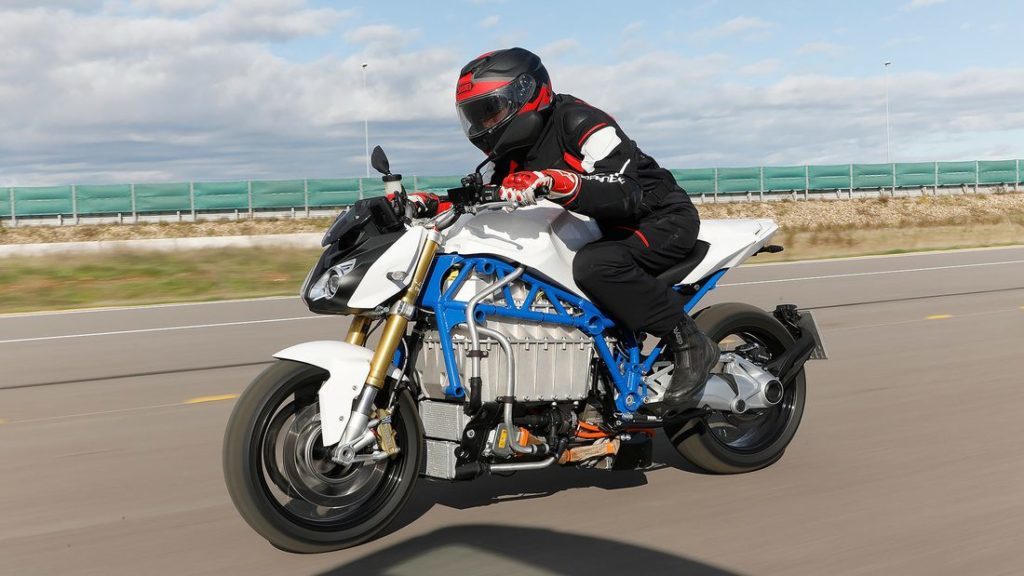
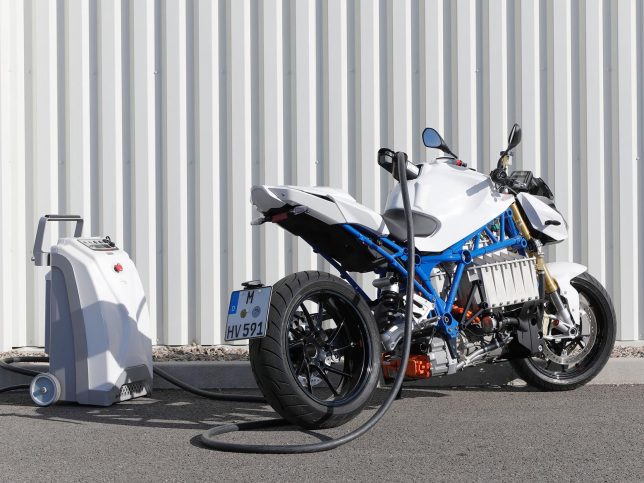
DAKAR Dares To Go Electric
